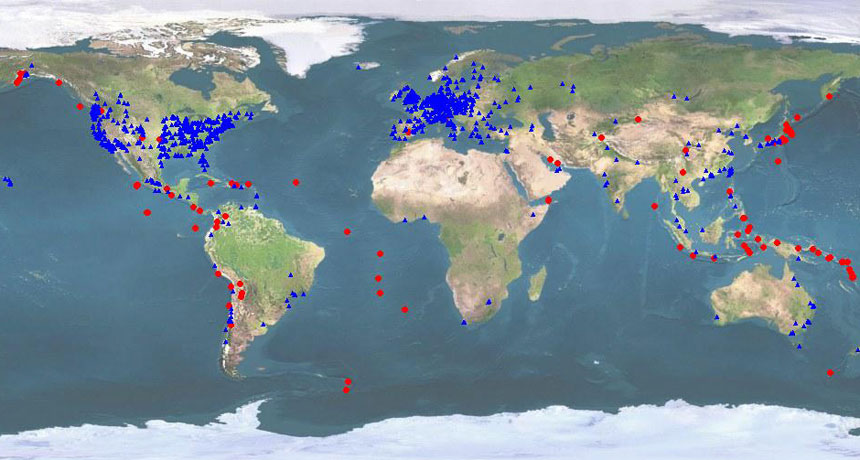Questions for ‘Phoning in earthquakes’

This map identifies (in blue) the computers in phones and other devices collecting ground-motion data for the Quake-Catcher Network. Red dots mark previously detected quakes.
Quake-Catcher Network

This map identifies (in blue) the computers in phones and other devices collecting ground-motion data for the Quake-Catcher Network. Red dots mark previously detected quakes.
Quake-Catcher Network